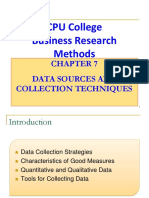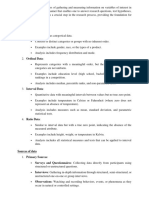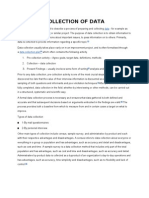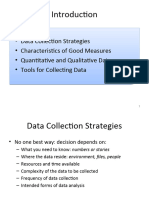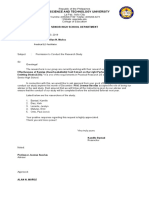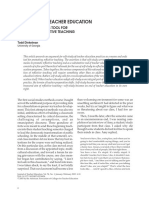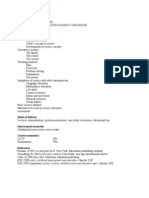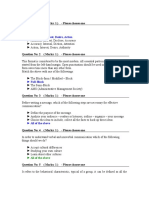0% found this document useful (0 votes)
33 views7 pagesData Colletion Method and Procedures
The document discusses the concept, process, and methods of data collection in research, emphasizing its importance for informed decision-making and problem-solving. It outlines key steps in the data collection process, various methods such as interviews, surveys, and observations, and highlights the significance of selecting appropriate techniques. Additionally, it addresses challenges like data bias that can affect the integrity of the collected data.
Uploaded by
Anshu Shree KarnCopyright
© © All Rights Reserved
We take content rights seriously. If you suspect this is your content, claim it here.
Available Formats
Download as PDF, TXT or read online on Scribd
0% found this document useful (0 votes)
33 views7 pagesData Colletion Method and Procedures
The document discusses the concept, process, and methods of data collection in research, emphasizing its importance for informed decision-making and problem-solving. It outlines key steps in the data collection process, various methods such as interviews, surveys, and observations, and highlights the significance of selecting appropriate techniques. Additionally, it addresses challenges like data bias that can affect the integrity of the collected data.
Uploaded by
Anshu Shree KarnCopyright
© © All Rights Reserved
We take content rights seriously. If you suspect this is your content, claim it here.
Available Formats
Download as PDF, TXT or read online on Scribd
/ 7













